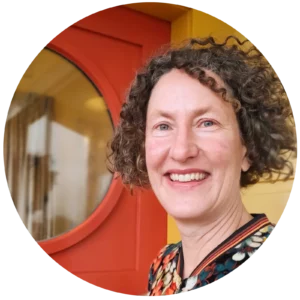There are few sights more chilling after an earthquake than that of multistorey buildings with collapsed floors – a pile of concrete pancakes between which people used to work and live. Building failures are not restricted to developing countries or old buildings; the 1994 Northridge earthquake in California had many examples and New Zealand witnessed collapses in the 2011 Christchurch earthquake and partial collapse of a very modern building in the 2016 Kaikōura earthquake.
Failure of precast concrete floors is a concerning issue for New Zealand because such floors have been used extensively in mid-rise buildings all around this seismically active country. The ReCast Floors (REtrofit of preCAST FLOORS) Project, initiated in late 2018, has found solutions for making them safer. With increased urgency due to the damage sustained in the Kaikōura earthquake, researchers have developed methods for retrofitting precast concrete floors in existing buildings to improve their performance in earthquakes.
Not satisfied with theoretical solutions alone, the project team put their designs to the test. At the University of Canterbury’s Structural Engineering Laboratory, parts of buildings were pushed and prodded as if they were in the Kaikōura or Northridge earthquakes. This “super-assembly” testing, among the largest in the Southern Hemisphere, involved a full-scale replica of one quarter of a single storey from a 10-storey office building with different retrofit designs installed for different tests. Smaller “sub-assembly” tests (using only beams and precast floor units) were carried out at the Structures Testing Laboratory at the University of Auckland.
One of QuakeCoRE’s founding concepts – to share expertise and facilities for the benefit of New Zealand – has been realised in the ReCast Floors Project. BRANZ was the major funder with additional support from EQC, QuakeCoRE, and the Concrete New Zealand Learned Society. The project team included researchers, laboratory technicians, practitioners, and students. Collaboration with the structural engineering industry was at the core of the work. As Principal Investigator Ken Elwood expressed, “It might be simpler to do research on your own but outcomes are much more useful if you interact with industry along the way.”
A big gap has been filled by this project: engineers now have guidance on how to retrofit precast concrete floors in existing buildings. Further safety assurance has been provided by full scale testing. The collaborative approach has ensured that the recommended retrofit solution is widely applicable – increasing its uptake and ultimately leading to safer buildings sooner and fewer lives lost in the next big earthquake.

